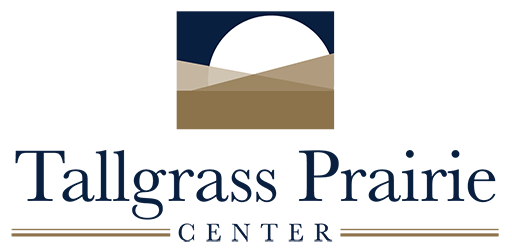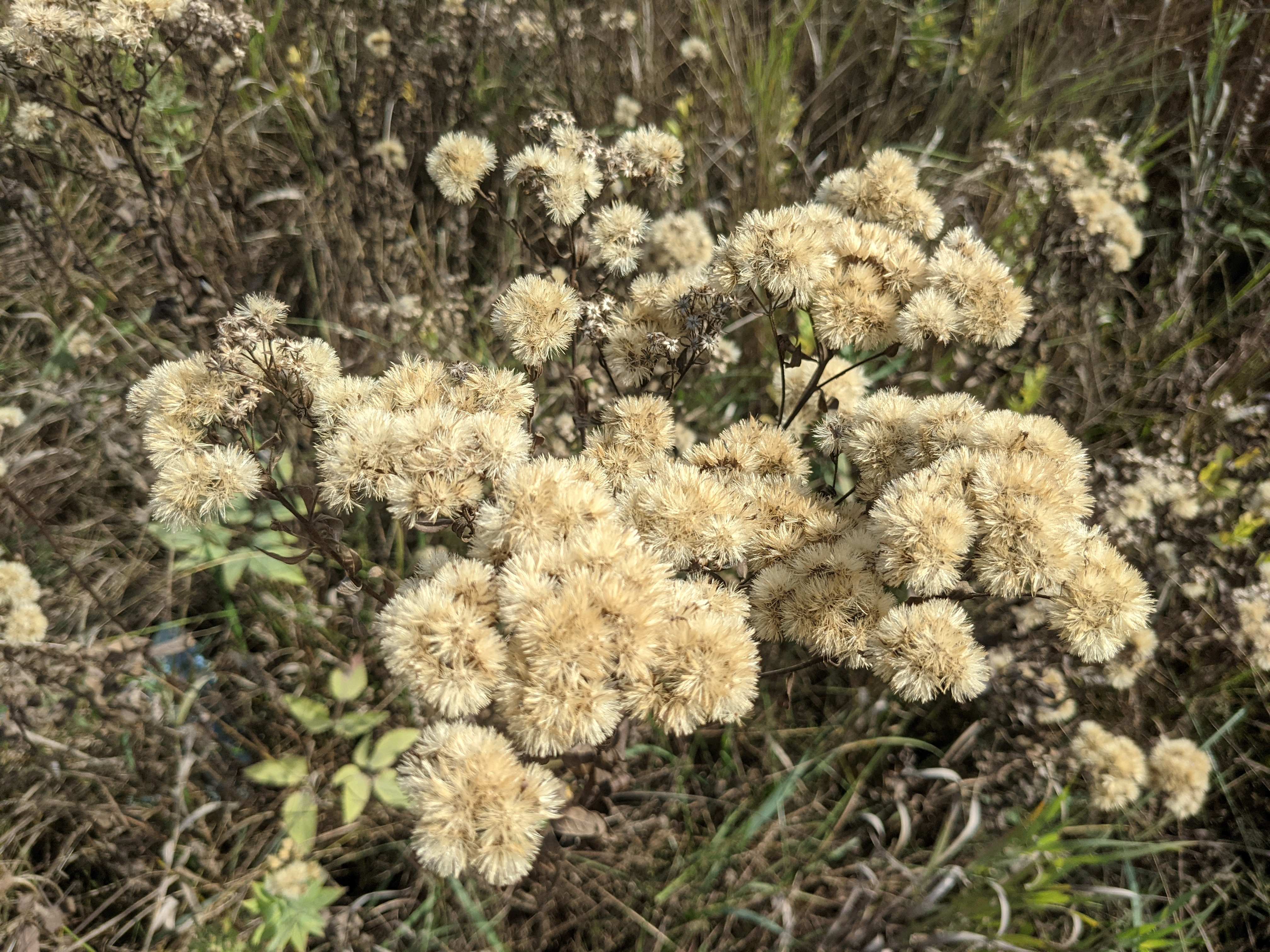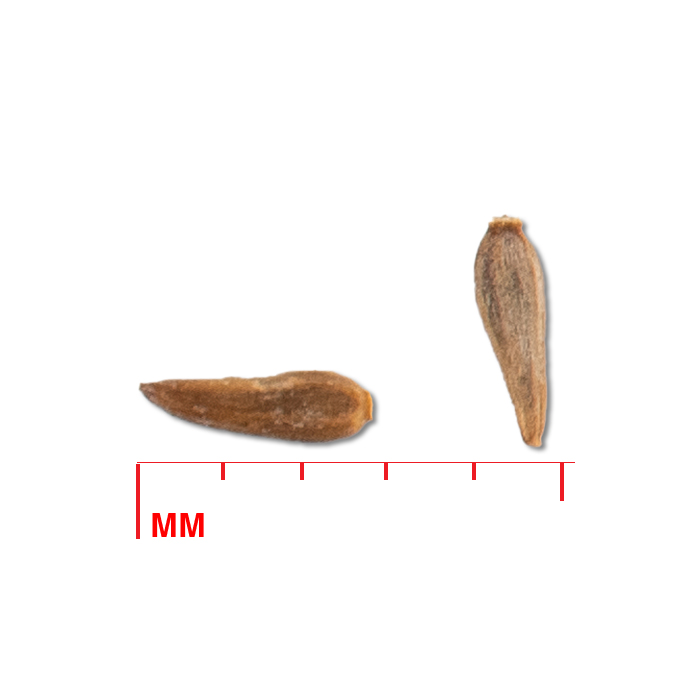Doellingeria umbellata
parasol whitetop
Alternate names: flat-top aster, parasol aster, tall flat-topped white aster
Family: Asteraceae, aster or sunflower family
Functional group: forbs (wildflowers)
Description
- Life cycle and growth form
Long-lived perennial, spreads by short rhizomes to form small colonies
Height: 1 - 5 ft
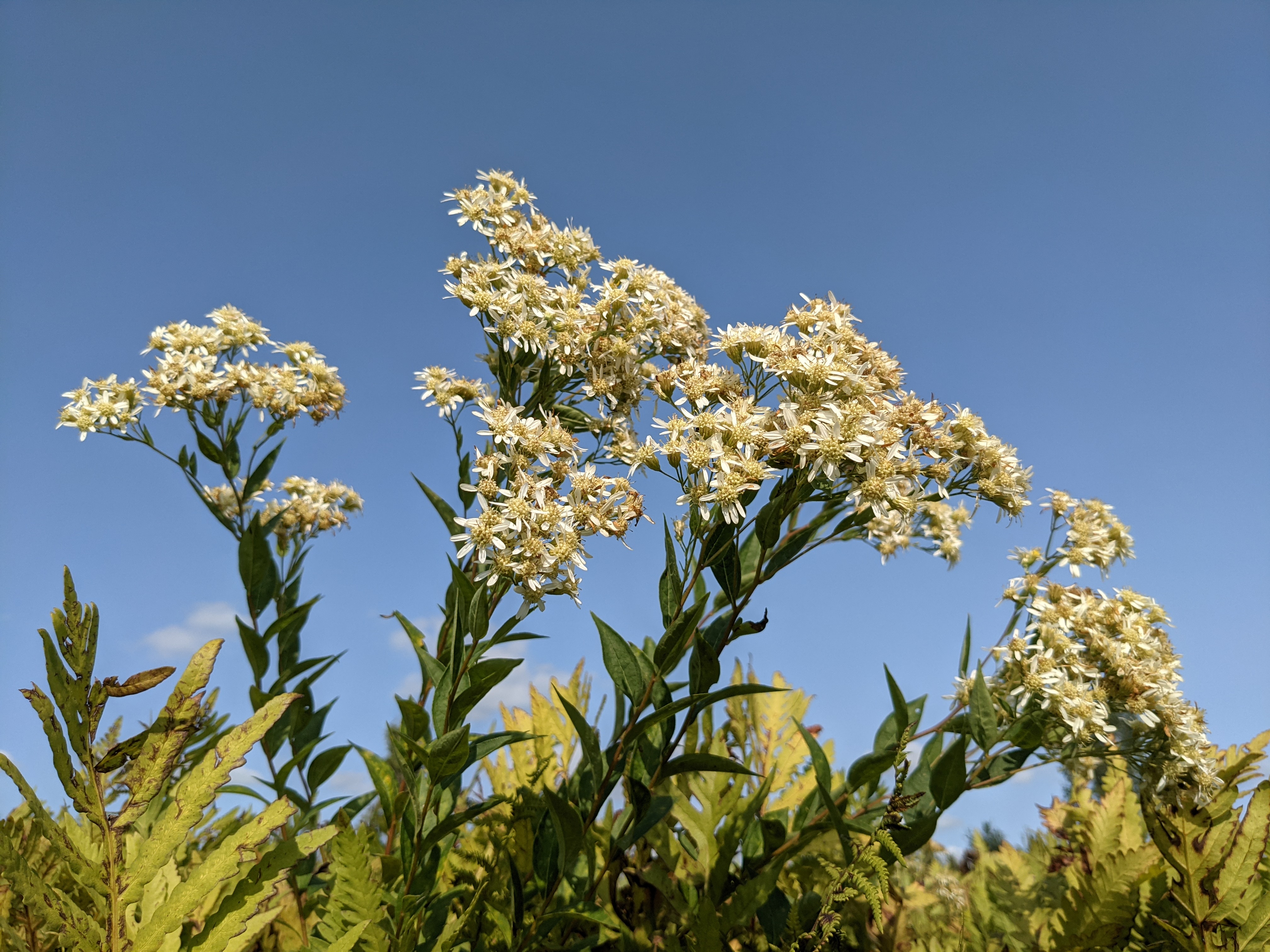
- Leaves and stem
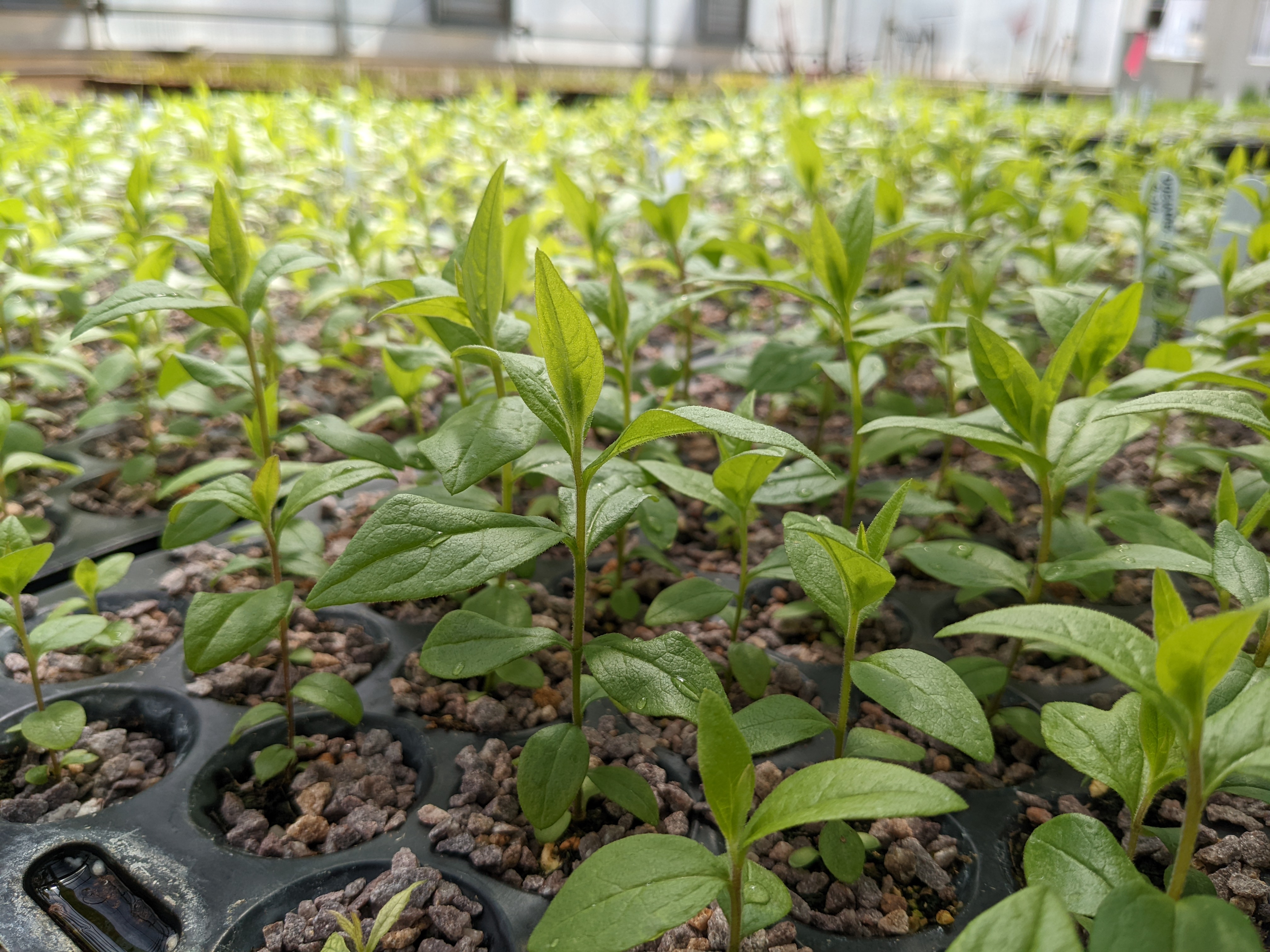
Leaves are lance-shaped, 3-5 in long and ½-1” wide, leaf margins toothless, leaf surfaces usually hairless or with short hairs, alternate arrangement
Stems are erect and unbranched except within the flower head, with few to no hairs, stems generally light yellowish-green but sometimes purple
- Flower, fruit, seedhead
Flower: individual heads are daisy-like, about ½” wide, with yellow to tan centers and usually 5-10 (up to 15) white “petals” (rays) irregularly arranged around the central disc; dozens to hundreds of heads in a branched, flattened cluster up to 10 or 12 inches wide
Fruit/seedhead: seed head appears fuzzy due to creamy-white fluff (pappus) on seeds
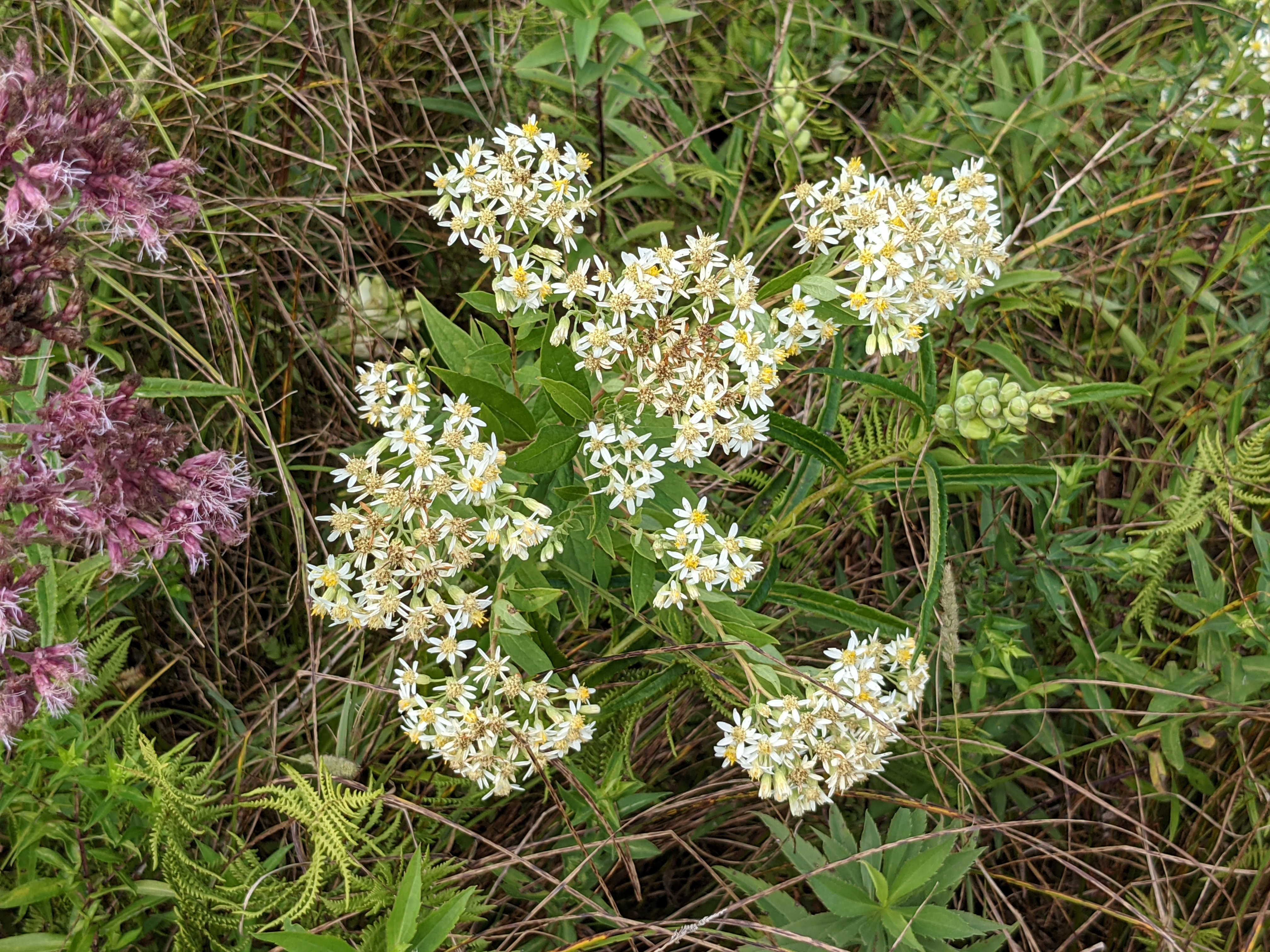
- Seed
Seed characteristics
Seed weight: 55,000/ounce (Prairie Moon Nursery), 0.7 g/1000 seeds (Seed Information Database)
Description: seed (achene) is light brown, 2.5-3 mm long, approximately 1 mm wide near the top, tapered to a point on the lower end, and bears a “parachute” of creamy white fluff (pappus)
Typical seed test:
PLS: 85%
Purity: 90%
Germination: 22%
Dormancy: 71%
- Habitat and range
Adaptation/habitat: Full sun to partial shade; moist to wet soils, preferably with some sand; found in the wild in wet prairies, sedge meadows, seasonally wet ditches, and fens; benefits from irrigation in production systems. The USDA classifies it as a Facultative Wetland species in the Midwest region.
Threatened or endangered status: none known
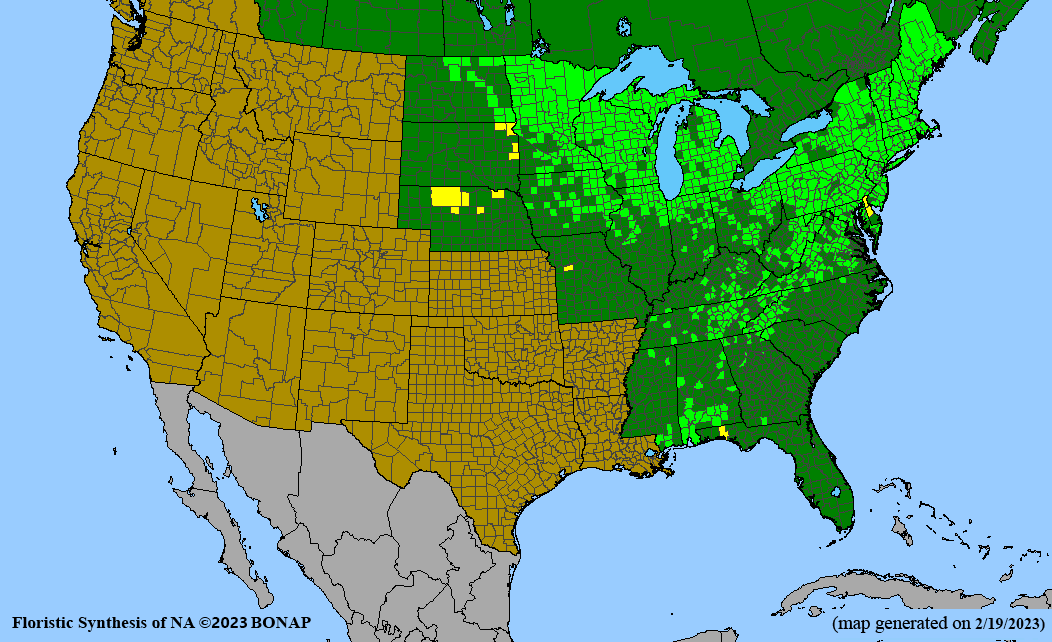
Kartesz, J.T., The Biota of North America Program (BONAP). 2023. North American Plant Atlas. (http://bonap.net/napa). Chapel Hill, N.C. [maps generated from Kartesz, J.T. 2023. Floristic Synthesis of North America, Version 1.0. Biota of North America Program (BONAP). (in press)]
General comments
Parasol whitetop is a late season nectar and pollen source for diverse species of bees (including some specialist bees), wasps, beetles, flower flies, and skipper butterflies. It is a larval host to some species of checkerspot and crescent butterflies. It can grow and flower for many years in mesic soils but benefits from irrigation in production systems.
Recommendations for seed production
- Establishment for seed production
Direct seeding (We do not have experience with direct seeding this species for the establishment of seed production plots.)
Seeding rate:
Row spacing:
Seeding time:
Weed control:
Greenhouse
Seed pre-treatment: 60 days cold-moist stratification results in uniform and high rates of germination
Sowing: seed is small and should be only lightly covered with growing media. If started in germination flats, transplant to individual plugs when seedlings have their first pair of true leaves, about 2 weeks after seeding.
Transplanting: Seedlings are ready to transplant to the field about 6-8 weeks after transferring them to plugs, when their roots are well-branched and numerous root tips are visible at hole(s) in the base of the plug. Pop out a few plugs to check for adequate root development that will provide sturdy plugs for planting. Seedlings are fast growing and may need to be clipped back before transplanting to improve the shoot:root ratio. A week or two before transplanting, move flats outside to ‘harden off.’ (See Propagation chapter in General Information for more details.)
- Stand management
Irrigate: This species benefits from drip irrigation when planted in mesic soils.
Weeds: In the first season after transplanting, weeds are suppressed by a plastic weed barrier. Plants spread slowly by short rhizomes; in second and subsequent years, holes in plastic may need to be expanded or plastic removed to make room for new stems.
Pests: None identified.
Diseases: None identified.
- Seed production
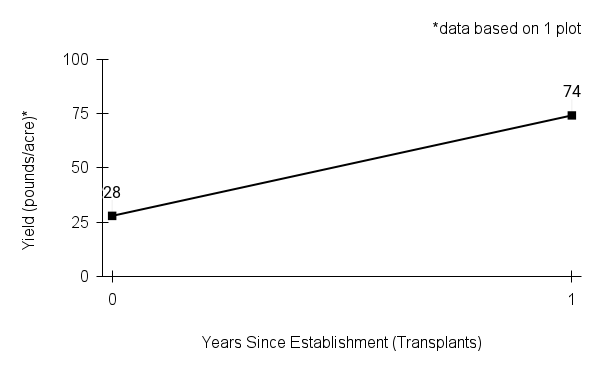
Xxxxxx overflow text if long
First harvest: Plants will flower and produce a small amount of seed in the planting year when started from transplants.
Yield per acre: 28-74 pounds per acre (based on one plot)
Stand life: unknown
Flowering date: August-September
Seed maturity: late Sept - late Oct
Harvest date range at TPC (2022-2023): Sept 15 - Oct 20
Recommended harvest method: Seed is released from heads within days of the fluffy “parachutes” expanding. Watch for the centers of seed clusters to begin shattering, and pick early maturing seed heads (clip stalks below seed clusters). If some heads in a cluster are still closed (not fluffy), pull apart a few heads to see if the seeds are dark-colored and separate easily from the base (receptacle). Combine the rest of the plot at peak maturity. Turn off the air or combine will disperse the fluffy seeds.
- Seed cleaning and storage
Cleaning process: If hand clipped, run dried material through a ¼” mesh to thresh seed from stalks. Use a brush machine (medium bristles, low vacuum) to remove pappus. May need two rounds of brushing. Winnow with a box fan to separate the seed from most of the pappus and chaff. Airscreen 2-3 times, then indent to remove broken bits of stems. See Appendix C for specific settings.
Seed storage: dry/cool (orthodox)
Released Germplasm
Source identified material: Natural Selections/Iowa Ecotype Zones NI
Cultivated varieties: none known
References
Cochrane, T. S., Elliot, K., & Lipke, C. S. (2014). Asteraceae - Sunflower Family. In Prairie Plants of the University of Wisconsin-Madison Arboretum (3rd ed., p. 133). essay, University of Wisconsin-Madison Arboretum.
Doellingeria umbellata (Flat-topped White Aster). Minnesota Wildflowers. (n.d.). https://www.minnesotawildflowers.info/flower/flat-topped-white-aster
Flat-Topped Aster. Illinois Wildflowers . (n.d.). https://www.illinoiswildflowers.info/wetland/plants/fltp_aster.html
Prairie Moon Nursery. (n.d.). Doellingeria umbellata. https://www.prairiemoon.com/doellingeria-umbellata-flat-topped-aster
Society for Ecological Restoration, International Network for Seed Based Restoration and Royal Botanic Gardens Kew. (2023) Seed Information Database (SID). Available from: https://ser-sid.org/ (February 2023)
U.S. Fish and Wildlife Service. (n.d.). FWS-Listed U.S. Species by Taxonomic Group - All Plants. ECOS - Environmental Conservation Online System . https://ecos.fws.gov/ecp/report/species-listings-by-tax-group?statusCat…
USDA NRCS National Plant Data Team. (n.d.). Doellingeria umbellata (Mill.) Nees. USDA plants database. https://plants.usda.gov/home/plantProfile?symbol=DOUM2
Van Der Grinten, Martin. 2001. Propagation protocol for production of Container (plug) Aster umbellatus P. Mill. plants USDA NRCS - Big Flats Plant Materials Center Corning, New York. In: Native Plant Network. URL: https://NativePlantNetwork.org (accessed 2024/02/02). US Department of Agriculture, Forest Service, National Center for Reforestation, Nurseries, and Genetic Resources.
Species Guide Updated 2/13/2024

